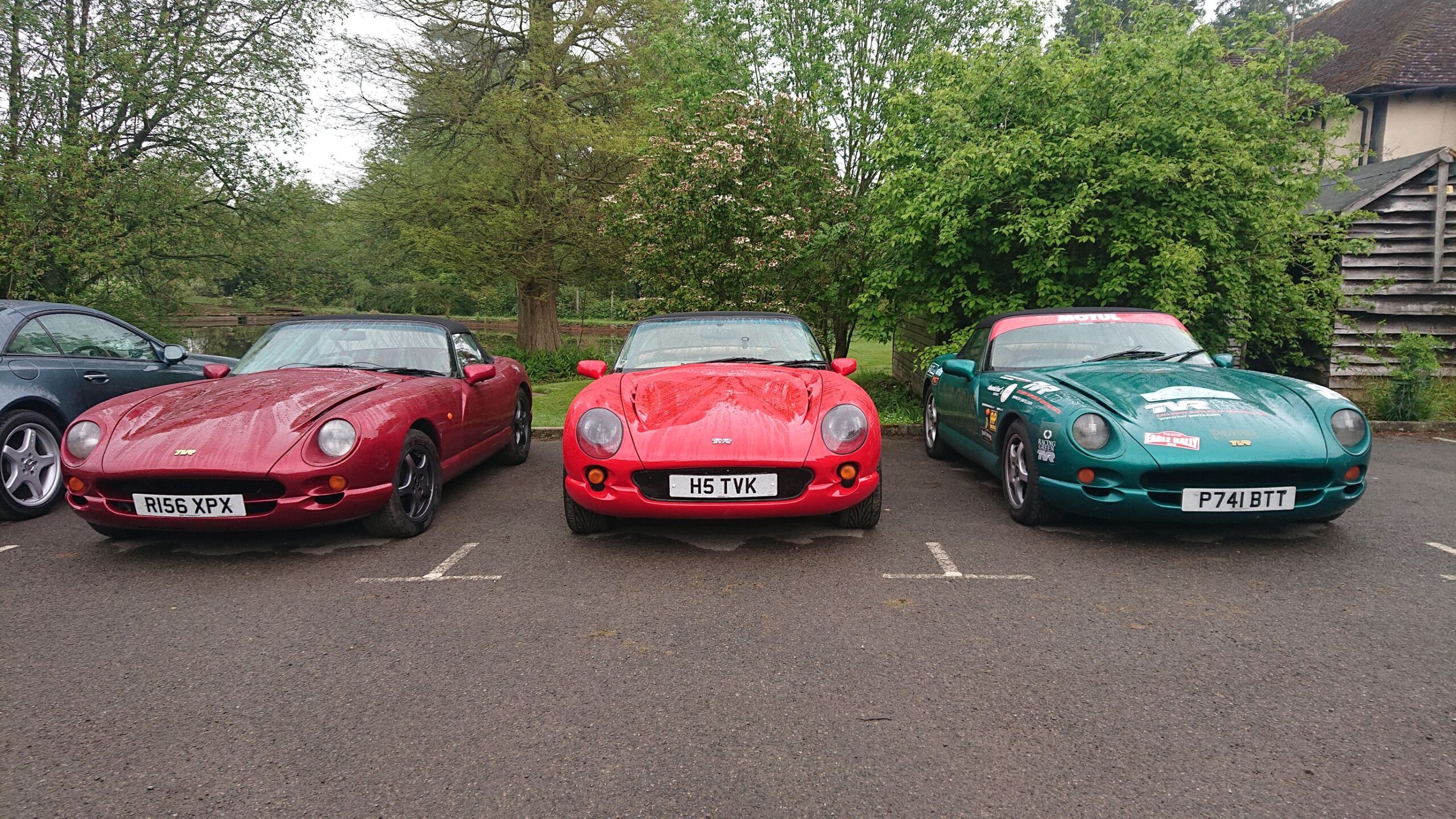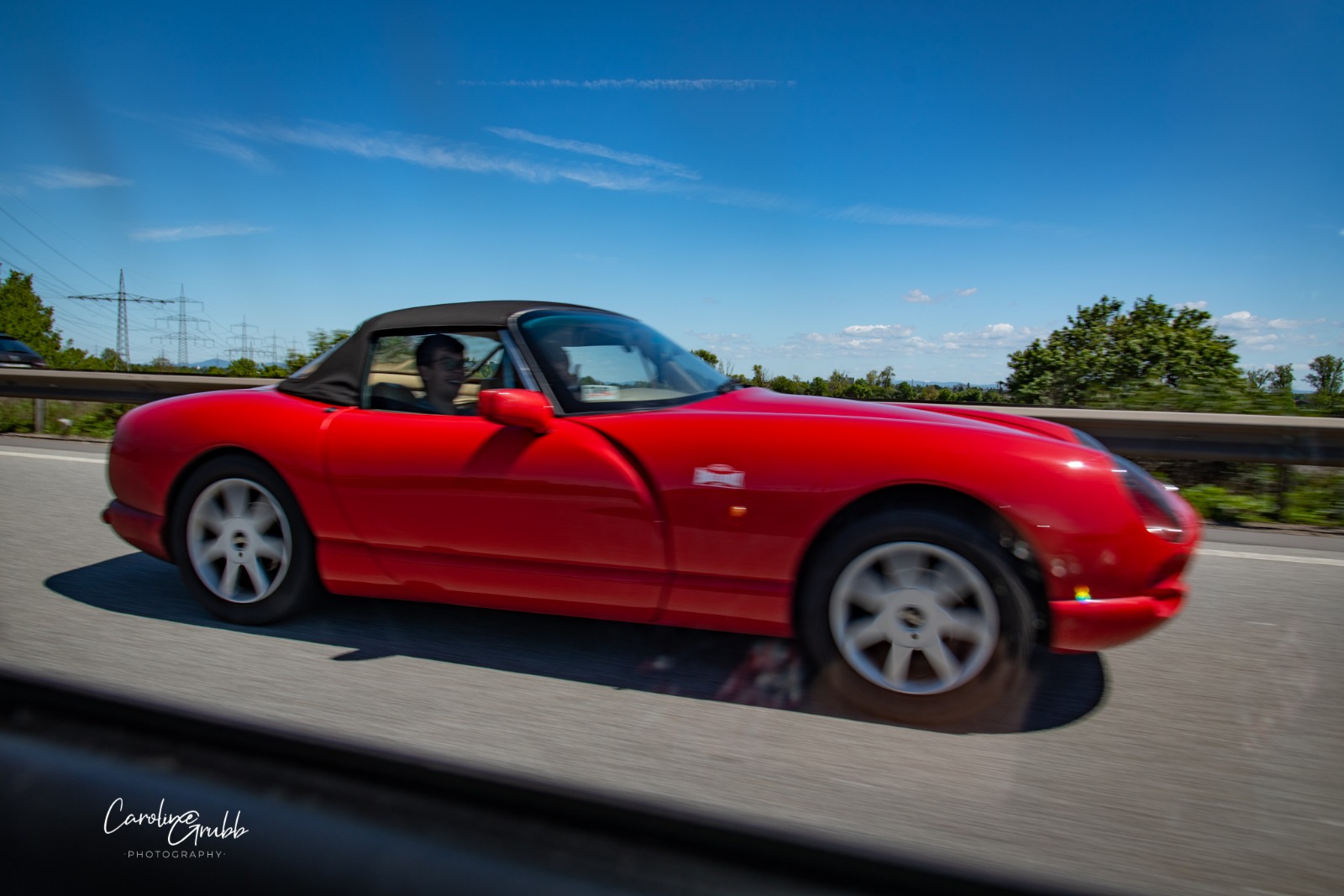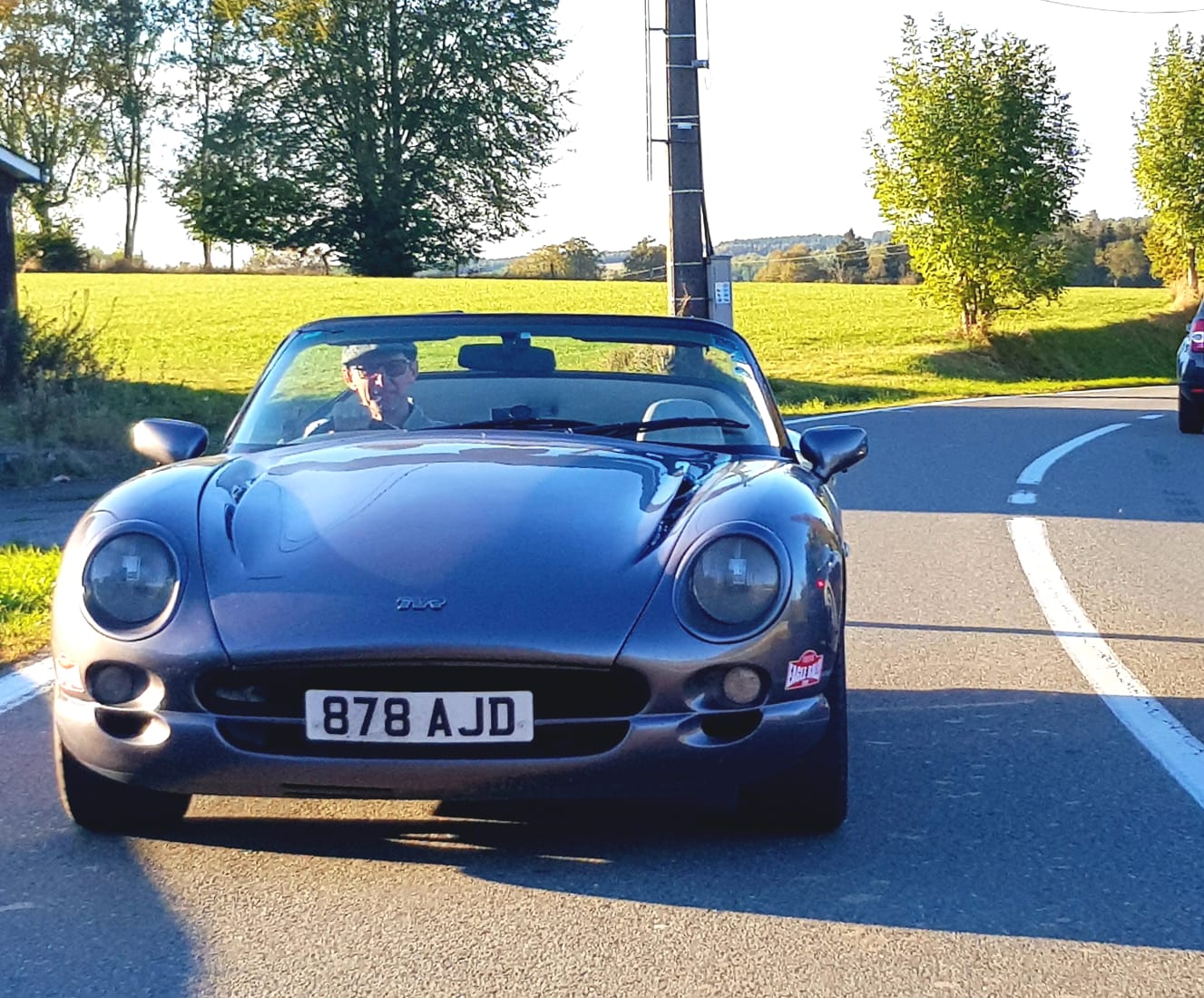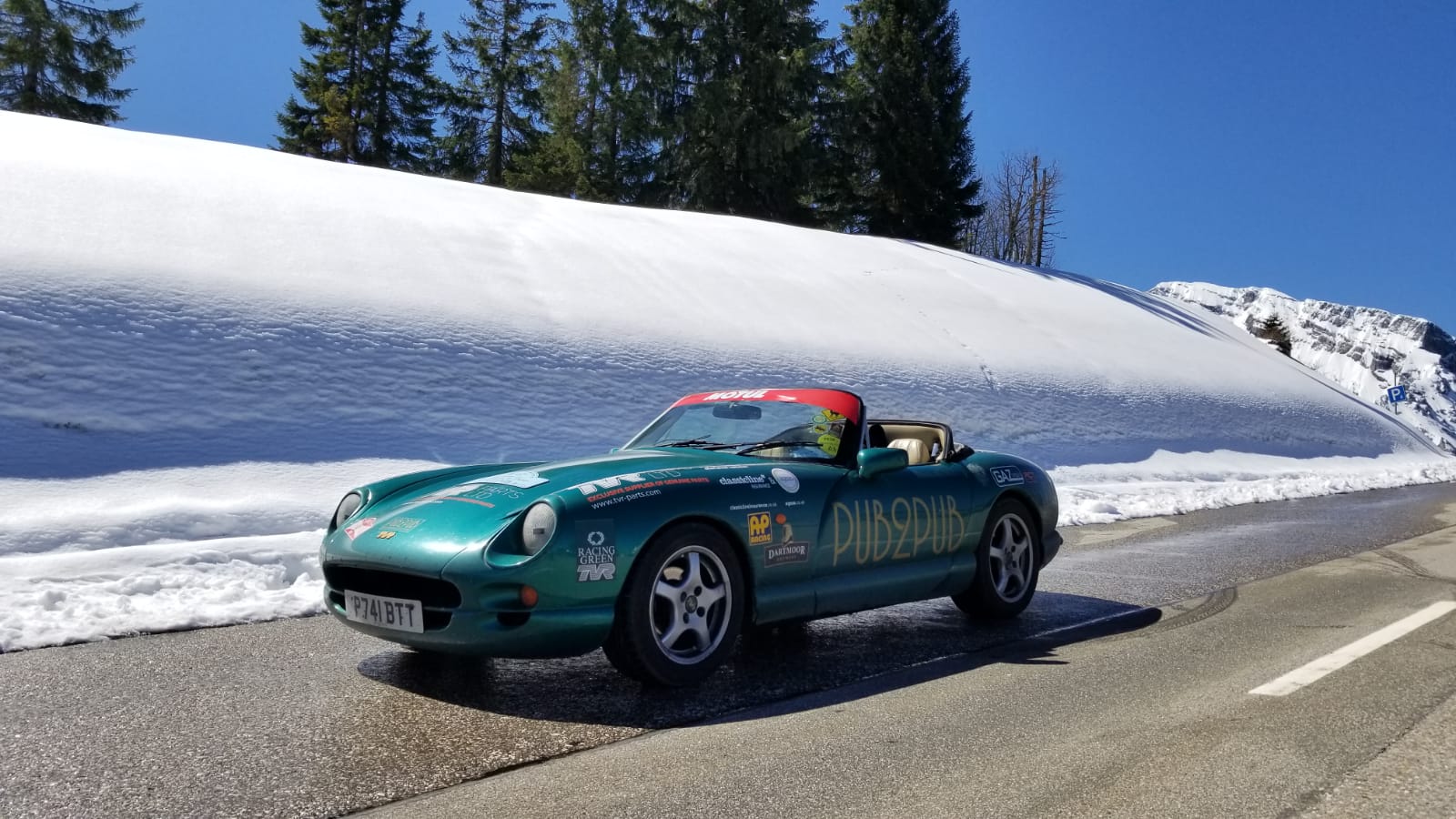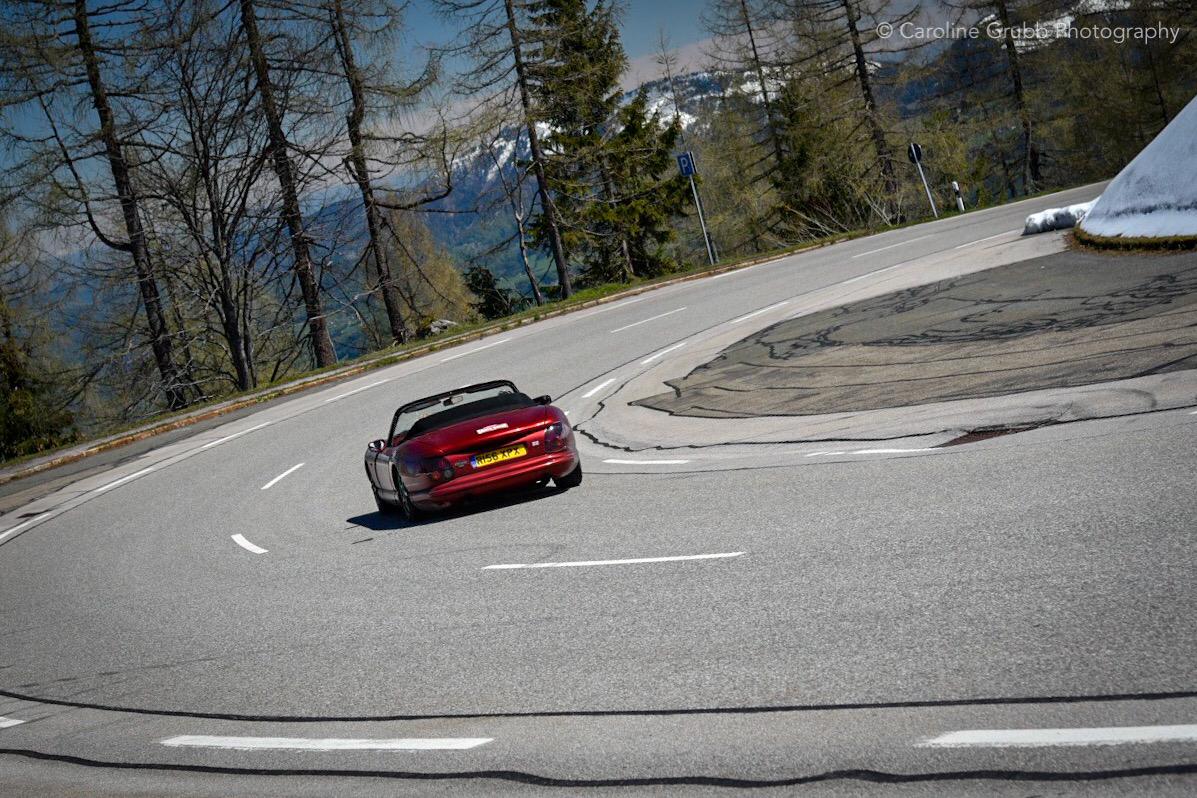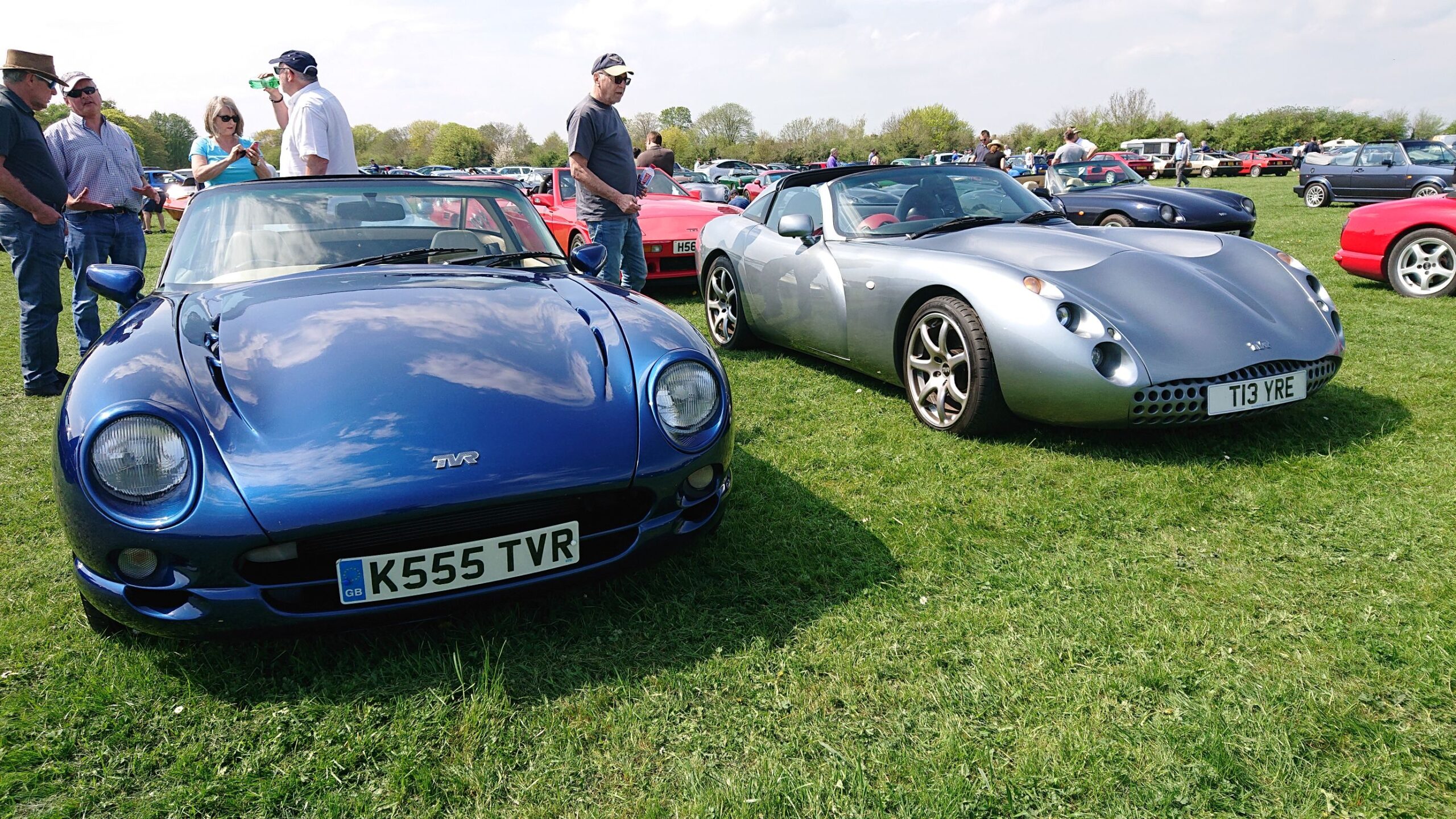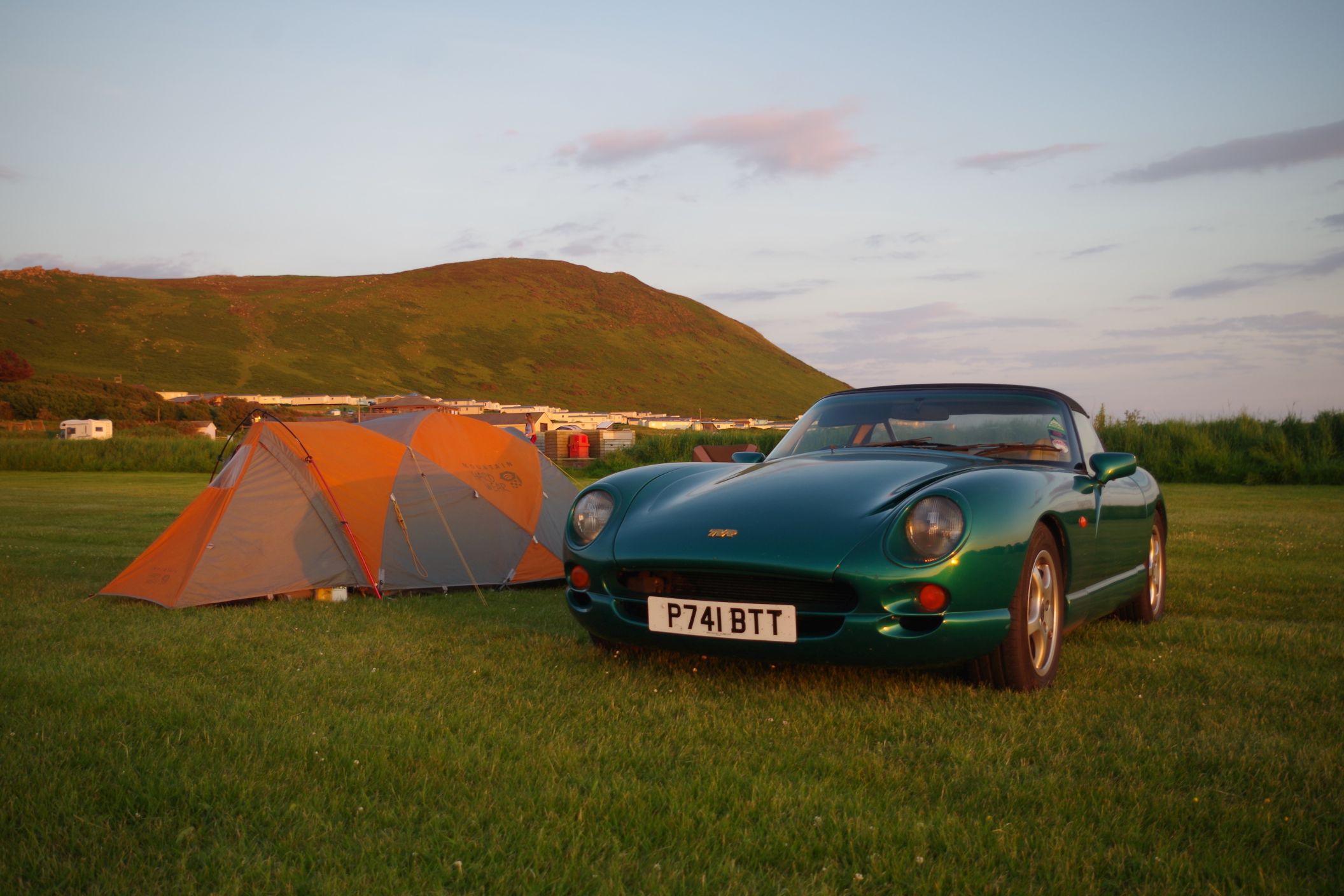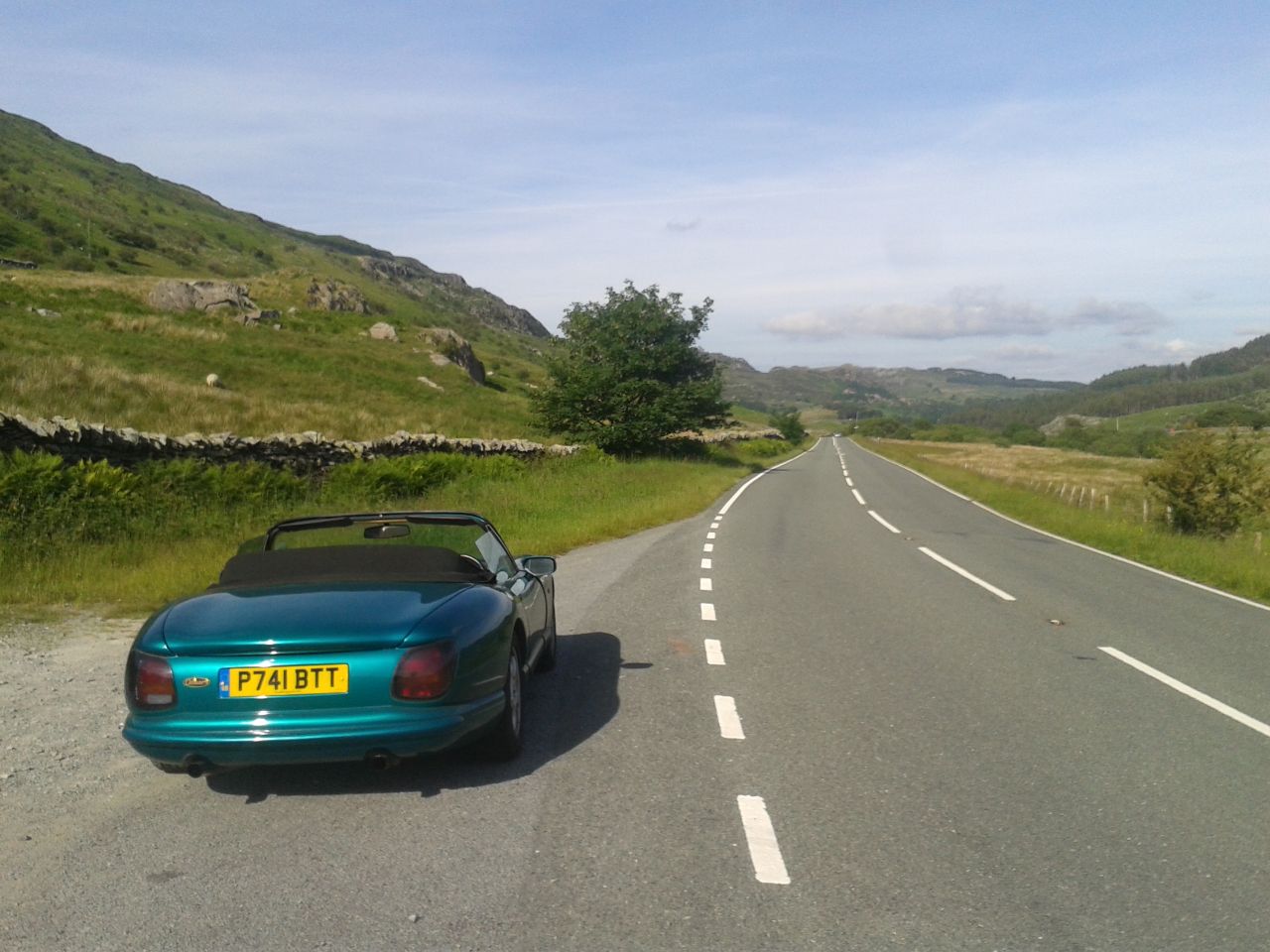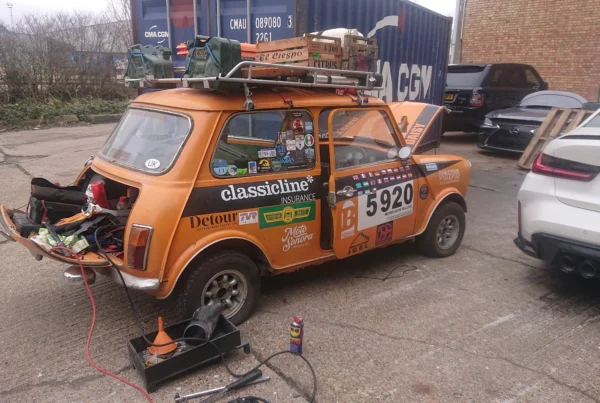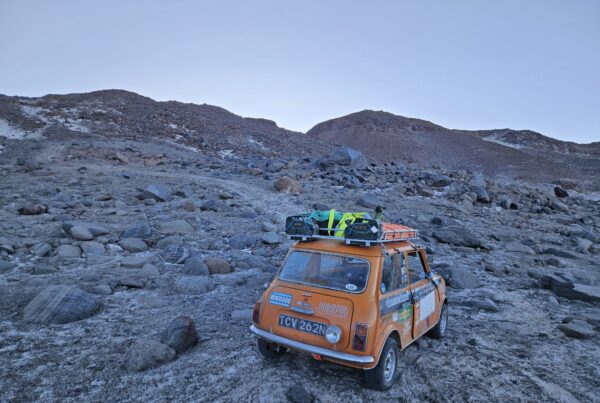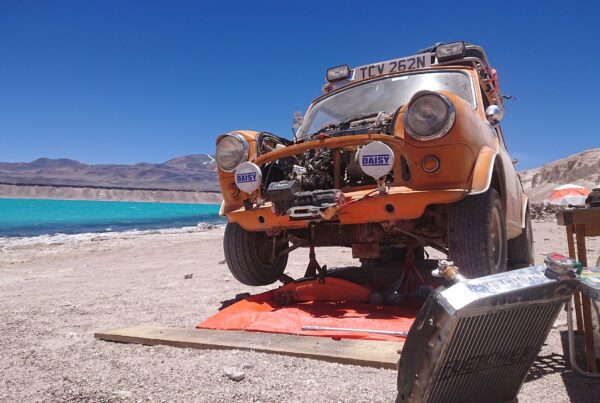This year marks the thirtieth anniversary of TVR’s Chimaera – here’s what makes Blackpool’s best-selling car so special…
ClassicLine’s resident roadtripper, Ben Coombes, is back with a brand-new series of motoring travel blogs. Combined with his love for classic cars, Ben will be bringing us tales of epic road trips, driving adventures and the latest from the Pub2Pub HQ.
This world isn’t short of glamorous icons, but what would these legends be without a dependable understudy? Would the Supermarine Spitfire have saved Britain without the stalwart endeavours of the more numerous Hawker Hurricane? Unlikely. Could Dangermouse have solved all those mysteries without Penfold? Doubtful. And would TVR have experienced its most successful era if the legendary ‘90s Griffith wasn’t backed up by the better-selling Chimaera? Probably not, in my humble opinion.
As a Chimaera owner myself, you may consider me to be a little biased but in reality, I appreciate the elegant Griffith just as much as anyone. In fact, when I was twelve the Griff was a dream car of mine, sitting in that rarefied corner of my mind alongside the Ferrari 355 and the short wheelbase Suzuki Vitara – because let’s face it, at that age one still has much to learn. But one thing I didn’t need to learn was just what a desirable package the Griffith was.
‘An E-Type for the ‘90s’, proclaimed the reviews, and when compared to its rivals it looked every inch the uncompromising thoroughbred. It was a car which caught peoples’ imaginations. The halo car.
But not everyone wants an uncompromising thoroughbred, and it wasn’t the car which people spent their money on.
The Griffith’s younger sibling – the trusty Chimaera – outsold it by more than two cars to one during their production runs.
Why? At least part of the reason is because it offered a more rounded and accessible package.
Just as when repainting a room it’s advisable to go for a paint shade a few tones lighter than you think you want, so when buying a TVR in the ‘90s, the Chimaera promised almost all the thrills in a slightly toned down package, with less sacrifices.
Its chassis was set up slightly softer than the Griff. The boot was a bit bigger, the engine’s swept volume was generally a little less and the styling was less shouty. But at its heart, it was still almost the same car, with a thumping V8, rock star presence, baritone soundtrack and heroic image. For many customers, it offered a more approachable and usable package than the iconic Griff and as a result, it flew out of the showrooms in droves, quickly becoming the best selling TVR of all time.
And this year marks three decades since its unveiling.
Yes, the Chimaera has been with us for thirty years – it’s enough to make you feel old, isn’t it?
Over 5,000 Chimaeras were produced during the car’s 11-year production run, all powered by the ubiquitous Rover V8, with capacities ranging from 4 to 5 litres. And it’s not only the engine which the Chimaera shared with the Griffith – under the skin, from the chassis to the shocks, there wasn’t a huge amount to distinguish the two. Which was a good thing, as it meant the Griffith’s inspiring driving experience remained intact, albeit in a slightly more controllable and less snappy form – a fact not missed by the press coverage of the car’s launch. For instance, Fast Lane Magazine wrote: ‘Overall, this is probably the best handling front engine/rear driven car in the world… It’s easy to see why people choose TVRs in preference to Porsches: more car for less money.’ Meanwhile, Motor Sport magazine came to the conclusion that ‘There’s nothing that comes close to a Chimaera.’
High praise indeed, and a view which has been shared by many Chimaera owners over the past three decades.
Because as a group, Chimaera owners not only cherish and polish their machines, they truly use them as well. And not just for drives to the pub. If you’re in Europe and you spot a holidaying TVR bearing UK plates, the chances are it’ll be a Chimaera. It’s a car which is built for the journey, be that a quick getaway or a European grand tour. Indeed, it’s a car which perfectly encapsulates Jaguar’s old advertising of ‘space, grace and pace’ – though I’d suggest that to these three characteristics, should be added ‘comfort’ and ‘reliability’, as a well sorted and looked after Chimaera is able to effortlessly tick these off too. For a trip to the Stelvio or the south of France, there’s nothing better for the money.
But perhaps the biggest compliment that the Chimaera can be given comes in the form of a statistic.
Of the 5,000-ish Chimaeras sold in the UK over its 11-year production run, around 3,500 are still with us. This 70% survival rate speaks not only for the car’s dependableness, but also illustrates just how much those lucky enough to own a Chimaera cherish them. A mass produced, disposable cabriolet they aren’t; they’re a car to be cared for, looked after and kept on the road for years to come. And enjoyed, because at the end of the day, isn’t that what cars like this are all about? A Chimaera is all about putting a smile on your face when you open the garage in the morning, and a smile on the neighbours face when you fire up the V8. It’s about the thumbs-ups you get from other enlightened road users, and the excitement instilled in impressionable children as you pass. And it’s about smiling to yourself at the sense of satisfaction you feel at the end of a long day on the road, the exhaust ticking as it cools and a heat haze rising from each of the bonnet vents.
Happy birthday Chimaera, and thanks for all the smiles. Here’s to the next thirty years.

